Purple Kush
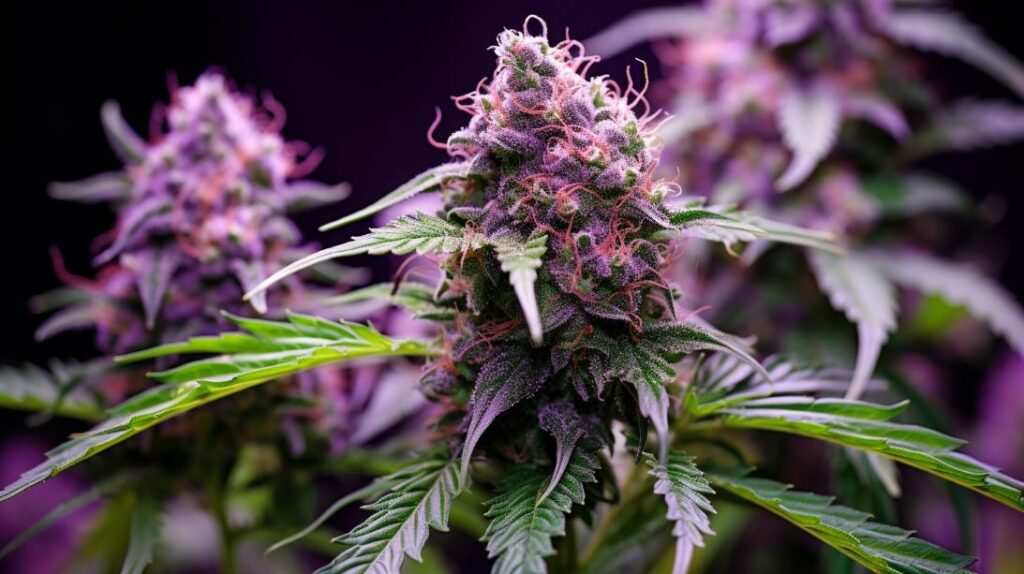
The Purple Kush strain, a remarkable indica hybrid hailing from the esteemed Hindu Kush Mountains, presents an intriguing subject of discussion for both connoisseurs and medical patients alike. With its origins steeped in the crossing of Hindu Kush and Afghani Purple, this strain not only captivates with its visually striking purple hues but also offers a complex terpene profile promising a multitude of therapeutic benefits.
Given its potent THC concentration, approximately 20.8%, alongside reported effects of profound relaxation and symptom relief, the discourse surrounding Purple Kush inevitably leads to broader considerations about its place within the realms of pain management, sleep disorders, and stress relief. As we examine its genetic lineage, historical significance, and the experiential reports from users, one cannot help but ponder the evolving perceptions and scientific understandings of such strains in contemporary society.
Genetic Lineage
The Purple Kush strain emerges from a meticulous crossbreeding of Hindu Kush with Afghani Purple, a genetic fusion rooted deep in the Hindu Kush Mountains. This particular lineage is significant, not just for its geographical origin, but for the unique characteristics it imparts on the Purple Kush strain. The genetic interplay between the robust, resinous buds typical of Afghan varieties and the distinctive purple hue associated with Afghani Purple strains is a direct result of this heritage.
Analyzing the genetic lineage further, it’s evident that the terpene profile of Purple Kush—comprising Linalool, Myrcene, and Caryophyllene—derives from its ancestors. Linalool, known for its floral aroma, and Myrcene, which contributes to the strain’s earthy notes, are complemented by Caryophyllene’s spicy undertone, offering a complex bouquet that is both appealing and therapeutically promising.
This fusion not only underscores the strain’s rich aromatic and visual appeal but also highlights the technical sophistication involved in its breeding. The genetic attributes of Kush and Afghani Purple strains have been carefully leveraged to cultivate a variant that stands out for its potency, resilience, and distinctive aesthetic properties.
History and Origin
Tracing its roots back to the rugged terrains of the Hindu Kush Mountains, the Purple Kush strain is a product of meticulous crossbreeding between Hindu Kush and Afghani Purple, reflecting a rich history of cannabis cultivation and genetic refinement. The intersection of these two iconic strains has given rise to a variant deeply colored by the genetic legacy of the Purple Afghani, renowned for its resinous buds characteristic of Afghan cannabis varieties. This lineage not only contributes to the strain’s distinctive purple hue but also to its robust terpene profile and therapeutic applications.
| Characteristic | Detail | Impact |
|---|---|---|
| Origin | Hindu Kush x Afghani Purple | Deep roots in traditional, high-quality cannabis |
| Color | Influenced by Purple Afghani | Distinctive purple hue, appealing and unique |
| Applications | Medical and recreational | Alleviates various conditions, promotes relaxation |
The development of the Purple Kush strain showcases a sophisticated understanding of cannabis genetics, combining the hardy and potent nature of its progenitors to produce a strain that stands out both in appearance and effect. Its history is a testament to the enduring pursuit of excellence within the cannabis cultivation community, where the blending of tradition and innovation continues to yield remarkable results.
THC/CBD Content
Building upon its rich genetic heritage, Purple Kush exhibits a THC content ranging from 18% to 26%, positioning it among the more potent strains available. This substantial level of THC is primarily responsible for the strain’s potent effects, which are known for their profound psychoactive properties. The high THC content in Purple Kush underscores its capability to deliver intense relaxation and euphoria, characteristics that have cemented its popularity within the cannabis community.
Conversely, Purple Kush’s CBD content is markedly low, hovering around 0.1%. This minimal presence of CBD, coupled with a slightly higher but still modest CBG content of approximately 0.3%, highlights a profile skewed heavily towards THC. The low CBD content significantly influences the strain’s utility, making it predominantly favored for recreational use over medicinal. This is due to CBD’s well-documented therapeutic properties, which are not prominently featured in Purple Kush’s cannabinoid profile.
The dichotomy between the high THC and low CBD content in Purple Kush underscores its specialization towards delivering potent effects rather than serving as a balanced option for those seeking the nuanced therapeutic benefits often associated with higher CBD strains. This composition makes Purple Kush a standout choice for users seeking profound psychoactive experiences rather than symptom relief or medical benefits.
Terpene Profile
Delving into the terpene profile of Purple Kush reveals a complex synergy of Linalool, Myrcene, and Caryophyllene, each contributing uniquely to the strain’s aromatic essence and therapeutic potential. These terpenes are not just aromatic compounds; they embody a constellation of potential therapeutic effects that could be pivotal in understanding how Purple Kush interacts with the human body to produce its sought-after outcomes.
-
Linalool: Known for its calming and relaxing properties, Linalool plays a critical role in the strain’s ability to help alleviate stress and anxiety. It imparts a floral aroma that is often associated with the soothing aspects of the strain.
-
Myrcene: As the most abundant terpene in many cannabis strains, Myrcene contributes significantly to Purple Kush’s sedative effects. It is believed to enhance the permeability of cell membranes, potentially allowing for more efficient THC uptake.
-
Caryophyllene: Exhibits anti-inflammatory and pain-relieving properties, adding a spicy note to the strain’s aroma. This terpene interacts with CB2 receptors in the endocannabinoid system, which may explain some of its analgesic and anti-inflammatory effects.
-
Therapeutic Effects: Understanding the terpene profile helps users anticipate the strain’s sensory experience and its potential medicinal benefits, ranging from pain relief to stress reduction.
Analyzing the terpenes present in Purple Kush underscores the complexity of cannabis chemistry and its implications for therapeutic use, offering a window into how specific components contribute to the strain’s overall effect profile.
Effects
Exploring the effects of Purple Kush, it becomes evident that this strain induces a profound sense of relaxation, euphoria, and, in some cases, uncontrollable giggling, highlighting its significant impact on both the mind and body. As a pure indica strain, Purple Kush is renowned for its powerful and relaxing body effects. The high THC content, approximately 20.8%, contributes to its potent psychoactive experiences, making it particularly efficacious for evening or nighttime use due to its sedative qualities.
The presence of terpenes such as Linalool, Myrcene, and Caryophyllene enhances the strain’s soothing effects, further amplifying its ability to promote deep, restful sleep. These terpenes are known for their therapeutic properties, including anti-anxiety and anti-inflammatory benefits, which synergize with THC to produce a comprehensive relaxation experience. However, users should be aware of the common side effect of dry mouth, a minor inconvenience that can be easily mitigated through adequate hydration.
Medical Uses
Purple Kush’s therapeutic profile is notable for its effectiveness in managing several medical conditions, including anxiety, stress, depression, chronic pain, insomnia, and appetite loss. With a THC content around 20.8%, this strain stands out for its potent body effects, which play a crucial role in its medical applications. The indica-dominant genetics of Purple Kush are particularly adept at inducing a state of deep relaxation, making it an excellent choice for patients suffering from muscle spasms and chronic pain, conditions often resistant to conventional treatments.
- Anxiety and Stress Relief: Purple Kush’s euphoric effects can significantly reduce symptoms of anxiety and stress, promoting a sense of well-being.
- Chronic Pain Management: Its powerful body effects can alleviate chronic pain, providing much-needed relief for patients.
- Insomnia Treatment: By promoting deep, restful sleep, Purple Kush addresses one of the key symptoms of insomnia, helping patients achieve a more regular sleep pattern.
- Appetite Stimulation: This strain is known to counteract appetite loss, encouraging a healthy eating pattern among patients.
The analytical approach to understanding Purple Kush’s medical applications reveals its multifaceted benefits, particularly in managing conditions that involve psychological distress and physical discomfort, including muscle spasms.
Flavor and Aroma
Characterized by its distinctive pungent skunky aroma, complemented by hints of grape and pine, the Purple Kush strain presents a complex sensory profile that intrigues both novice and experienced users alike. Originating from the renowned family of Kush Cannabis, this strain showcases a rich tapestry of aromatic compounds, primarily attributed to the terpenes in Purple Kush. These organic compounds are responsible for the strain’s unique smell and taste characteristics.
The flavor profile of Purple Kush is equally captivating, marked by an intricate blend of sweet flavors, including notes of berry and bubble gum, balanced with woody undertones. This combination creates a palatable experience that mirrors the complexity of its aroma. Users often report a ‘super kushy’ feel that encompasses proper earthy, herbal, and woody aromas, which are indicative of the strain’s herbal and natural origins.
The presence of diverse terpenes in Purple Kush not only contributes to its aromatic and flavor profiles but also enhances the overall consumption experience. These terpenes interact synergistically to produce a rounded, full-bodied effect, leading to feelings of euphoria and a celestial high after just one to two hits. This multifaceted sensory engagement positions Purple Kush as a standout variety within the cannabis community, appealing to a broad spectrum of tastes and preferences.
Appearance
Moving beyond its complex aroma and flavor, the appearance of Purple Kush is equally captivating, with its buds displaying dense and compact structures adorned in vibrant purple hues and orange pistils. This strain’s visual appeal is not merely superficial; it reflects the potent body effects that users can anticipate. The deep purple color is indicative of the strain’s rich anthocyanin content, a type of flavonoid that not only contributes to the plant’s coloration but may also have potential health benefits.
- Dense and Compact Buds: The tightly packed structure of Purple Kush’s buds is a hallmark of its genetic heritage, offering a visual testament to its potency and quality.
- Vibrant Purple Hues and Orange Pistils: The striking contrast between the purple of the buds and the orange pistils enhances the visual appeal, making it a favorite among connoisseurs for its aesthetic qualities.
- Frosty Appearance from Resinous Trichomes: A generous coating of trichomes gives the buds a shimmering, frosty appearance, indicative of a high THC content and the strain’s powerful effects.
- Sticky Texture and Color Variation: The high resin production results in a sticky texture, while the leaves’ color range from deep green to purple adds depth and complexity to its appearance, reinforcing the visual allure of Purple Kush.
The appearance of Purple Kush is a direct reflection of its potent effects and rich purple color, offering both visual beauty and a hint at the depth of the experience it provides.
Grow Information
Cultivating Purple Kush presents a moderate challenge due to its indica-dominant growth characteristics, which include a low, bushy stature that can complicate outdoor farming. This strain, with its origins deeply rooted in the Hindu Kush mountain range, is renowned for its profound physical relaxation effects. Growers aiming for an outdoor grow must carefully consider their environment, as Purple Kush thrives in full sun exposure and requires dry, low humidity conditions to mitigate the risk of mold and mildew, to which it is naturally resistant.
For those considering cultivation, indoor environments are generally recommended to maintain optimal control over temperature and humidity levels. The controlled indoor setting allows for a precise flowering time of 8 weeks, a period during which the plant develops its potent and quality buds. It’s important to note that genuine Purple Kush is clone-only, emphasizing quality over quantity in its cultivation process. This aspect is crucial for growers focusing on the unique attributes of Purple Kush rather than maximizing yield. The plant’s resistance to common pests further underscores its hardiness as a cultivar, making it a rewarding, though moderately challenging, strain for dedicated cultivators.
Adverse Effects
While the cultivation of Purple Kush requires a moderate level of expertise and offers rewarding yields, it is equally important to understand the potential adverse effects associated with its consumption. As a cannabis strain rooted in the Hindu Kush mountains, Purple Kush carries a rich heritage but also a profile of effects that may not sit well with all users. The spectrum of adverse effects reported with this strain emphasizes the necessity of moderation and awareness, particularly for those new to or less experienced with cannabis consumption.
The primary adverse effects associated with Purple Kush include:
- Dry Mouth: Often reported as the most common side effect, it underscores the importance of staying hydrated.
- Dry Eyes: A less frequent but notable discomfort, suggesting the need for over-the-counter eye drops for some users.
- Feelings of Paranoia: Although less common, this effect highlights the importance of context and setting when consuming this strain.
- Brain Fog: Users may experience a temporary decrease in cognitive functions, underscoring the need for caution with tasks requiring focus and clarity.
These effects, typically mild and manageable, vary depending on individual tolerance levels and consumption methods. Proper hydration can mitigate most discomforts, ensuring a more pleasant experience with Purple Kush.
Comparisons with Similar Strains
Purple Kush shares its distinctive aromatic profile and effects with several other strains, notably Granddaddy Purple, Grape Ape, and Obama Kush, which are celebrated for their similar terpene compositions and resultant experiences. These strains, like Purple Kush, are derived from a lineage that includes the pure, landrace strain Hindu Kush, contributing to their profound relaxation effects and distinctive aromas. The common terpene profiles among these strains are pivotal in producing their notable sedative effects, making them a favored choice for individuals seeking relief from stress, pain, and insomnia.
For consumers aiming to experience the authentic characteristics and therapeutic benefits these strains offer, it is essential to seek out reputable growers who maintain authentic mother plants. This ensures the preservation of the strain’s genetic integrity and the consistency of its effects. In-stock products near you may feature these similar strains, providing a diverse array of options tailored to the preferences of cannabis enthusiasts.
Understanding the nuanced differences and similarities between Purple Kush and its related strains can assist users in making informed decisions, aligning their choices with their desired effects. This analytical approach to selecting cannabis strains enhances the overall experience by matching individual preferences with the specific benefits each strain is known to provide.
Research and Studies
Recent studies have delved into the therapeutic potential of Purple Kush, examining its unique terpene profile and high THC content in relation to conditions such as insomnia, pain, and anxiety. This strain, with its origins in the Kush landrace, has been the focus of research aiming to understand its efficacy in providing pain-free sleep and relief from chronic conditions. The scientific community has been particularly interested in how Purple Kush’s genetic makeup, inherited from Hindu Kush and Afghani Purple, contributes to its potent effects.
Key findings from these investigations include:
- The terpenes Linalool and Myrcene in Purple Kush are believed to contribute significantly to its sedative properties, which may explain its effectiveness in treating insomnia.
- With a THC content averaging around 20.8%, Purple Kush’s ability to induce a state of high conducive to pain relief has been highlighted.
- Studies exploring the strain’s impact on anxiety suggest that its psychoactive components may offer anxiolytic benefits.
- Research into Purple Kush’s interaction with the endocannabinoid system seeks to uncover the molecular basis of its therapeutic potential, particularly in the context of pain management and sleep enhancement.
Frequently Asked Questions
Is Purple Kush a Sativa or Indica?
Purple Kush is classified as an indica, not a sativa, due to its genetic origins from Hindu Kush and Afghani Purple, indicative of its growth environment and crossbreeding possibilities that emphasize relaxation and sedative effects.
What Are the Symptoms of Purple Kush?
Exploring the efficacy of specific relaxation techniques, it’s observed that certain methods may induce sleep benefits and contribute to anxiety reduction. These include inducing a state of euphoria, enhancing restful sleep, and mitigating feelings of stress.
Are Purple Strains Good?
Purple strains, characterized by their unique purple genetics, present cultivation challenges but are esteemed for their distinctive flavor profile. Their efficacy in relaxation and therapeutic use underscores their value despite the complexities in their cultivation.
What Is the Best Purple Kush?
The optimal variant of this product is determined by superior growing conditions, meticulous cultivation methods, and distinct flavor profiles, encompassing earthy, herbal, and berry nuances, essential for achieving its renowned deep body relaxation and pain relief properties.

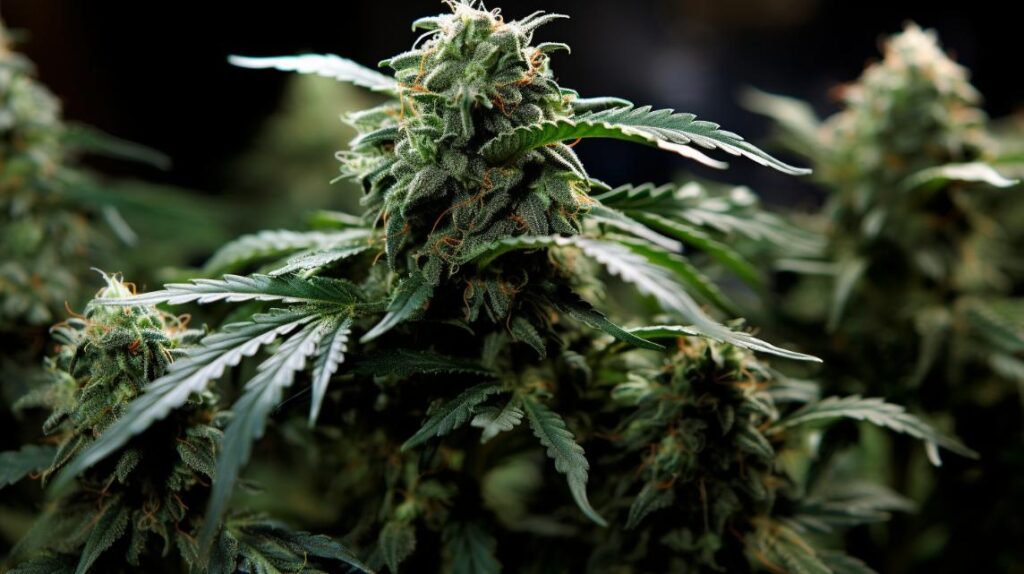
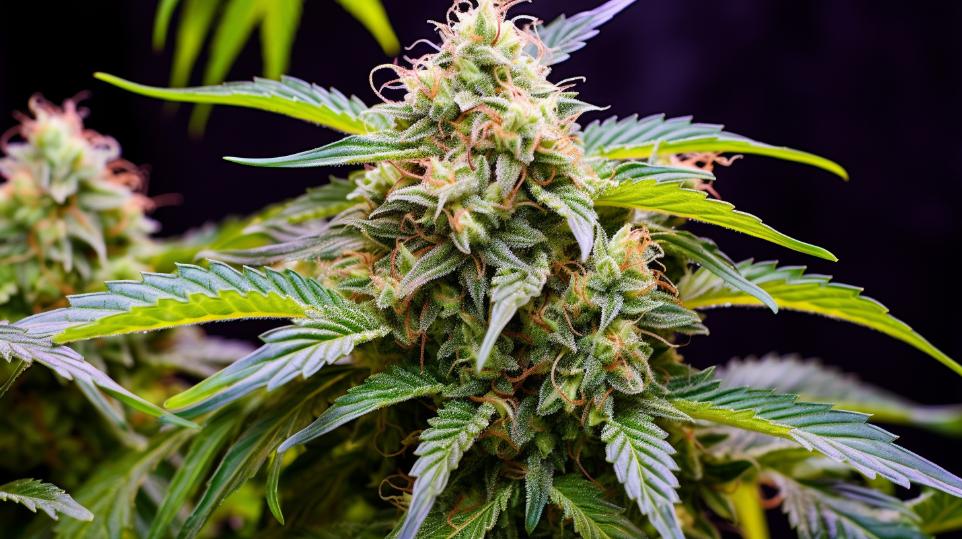
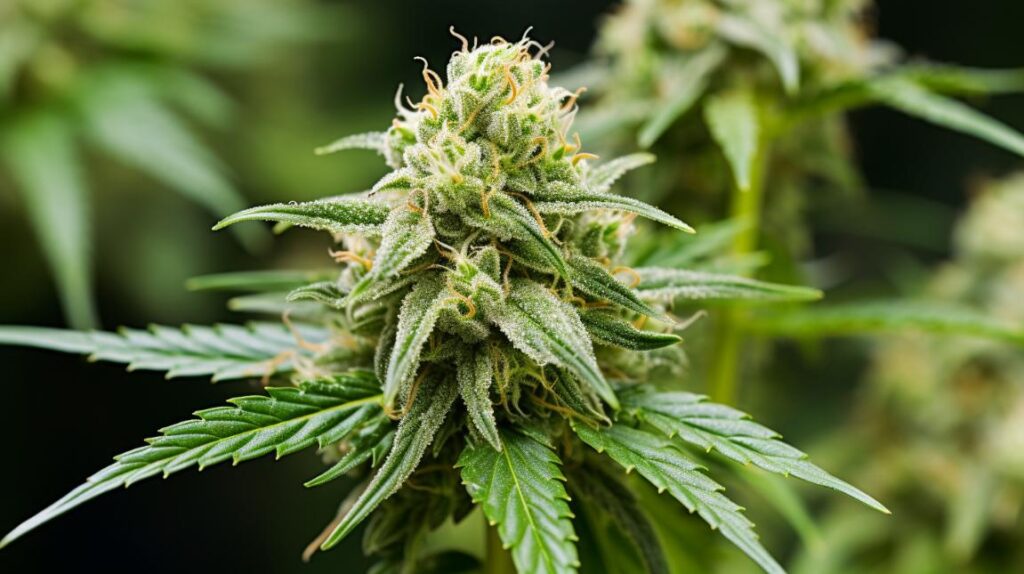
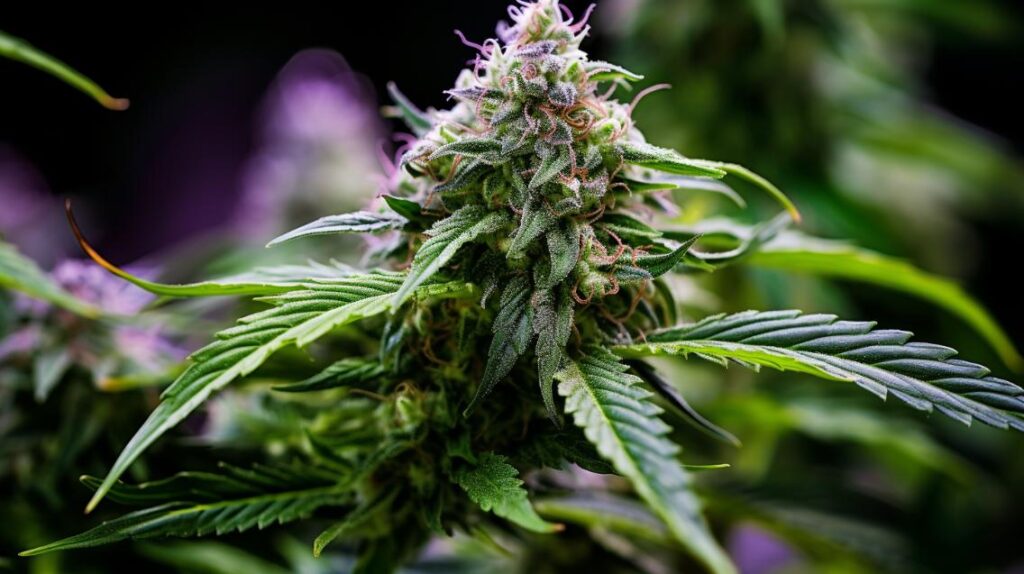
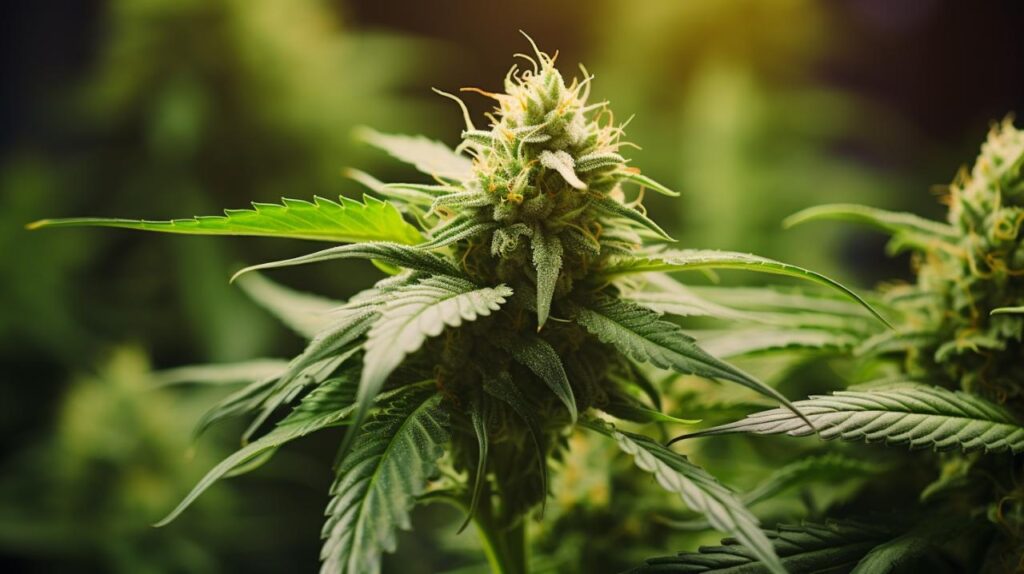

Responses